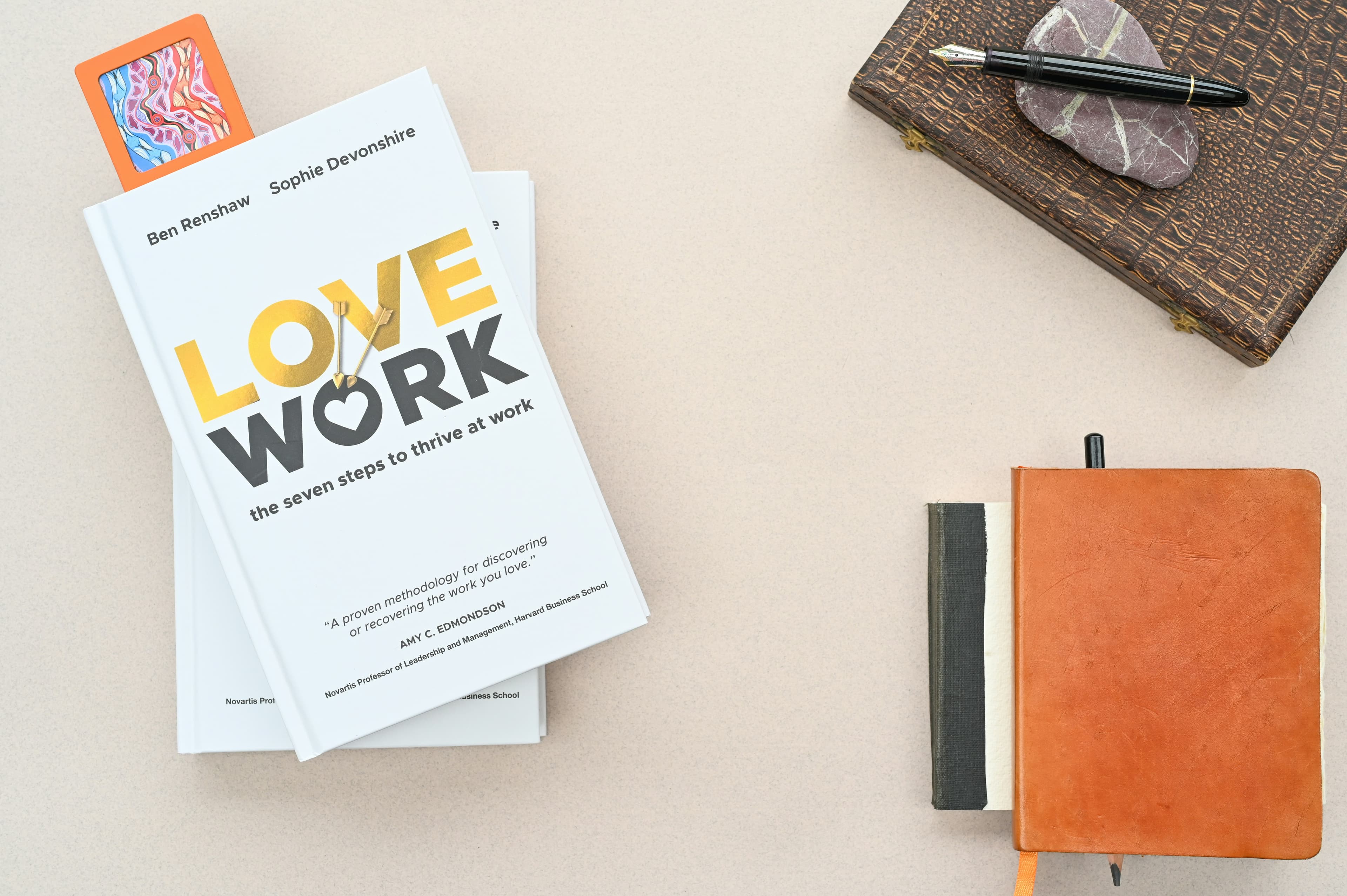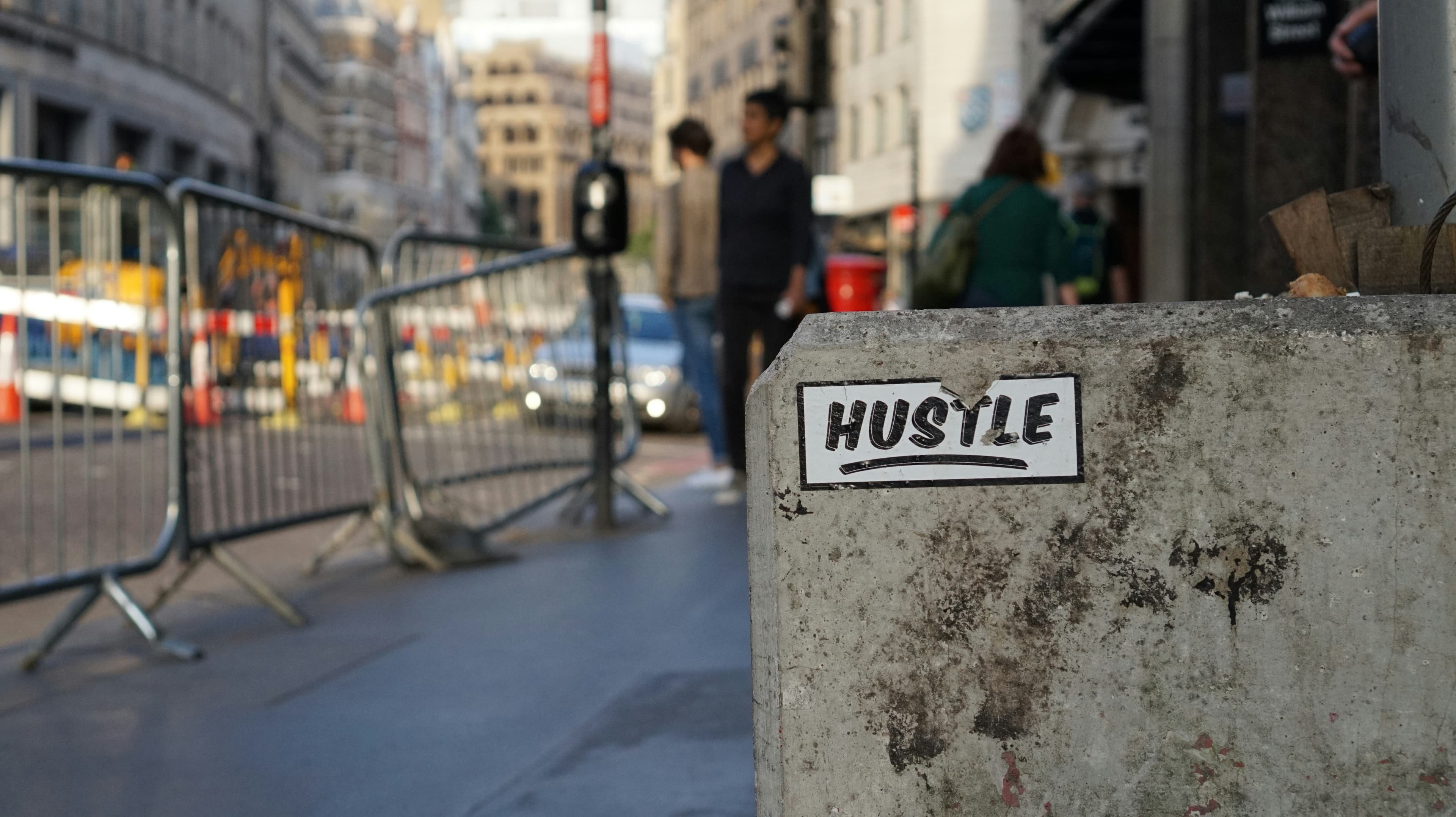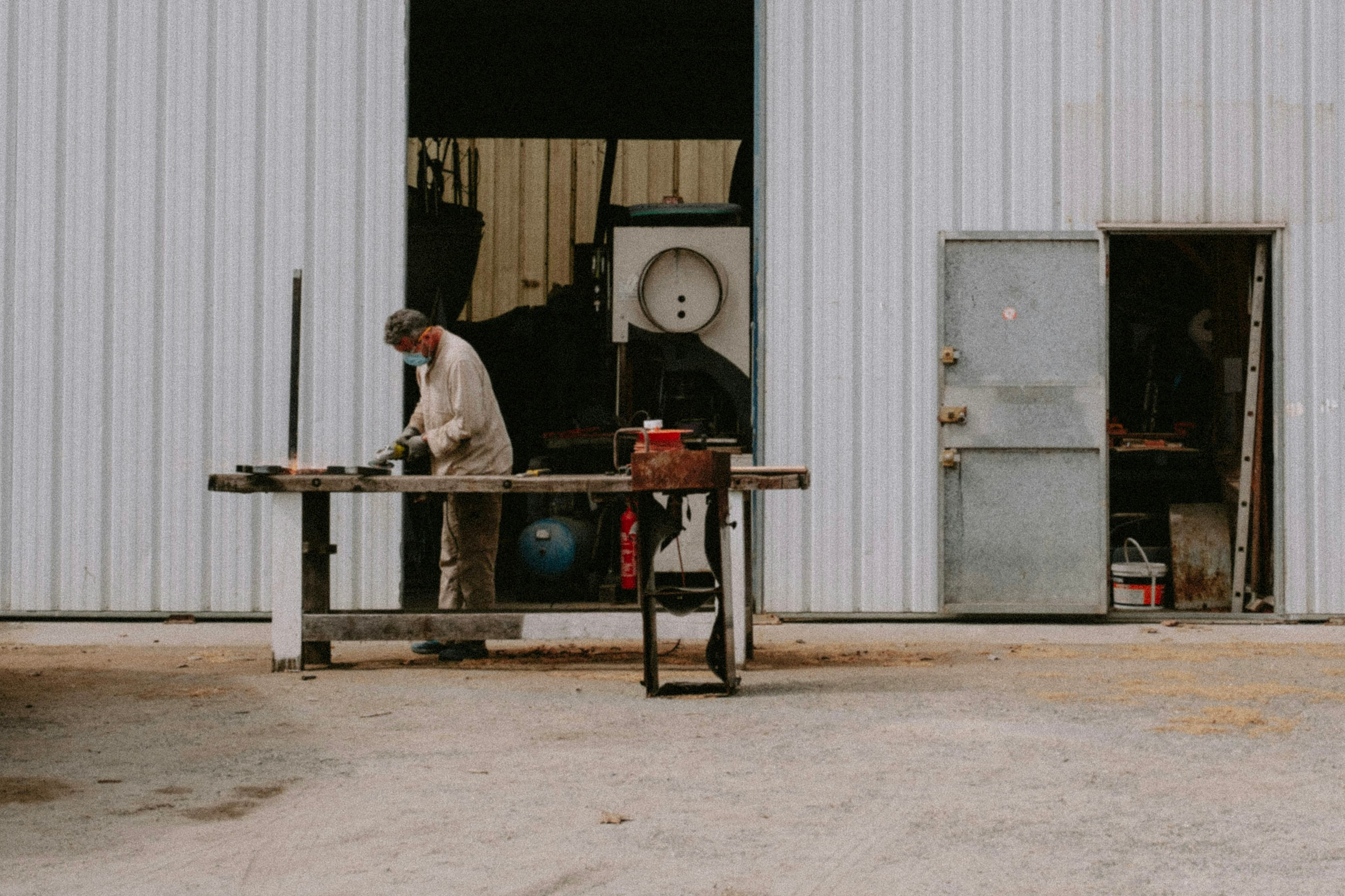How I Use Upsells to Make My Side Business Profitable

We’ve all heard it: “Do you want fries with that?” It’s McDonald’s most famous line, but it’s also a masterclass in business. Once you have an initial offer that gets customers in the door and cash in your hand, you’ve won half the battle. If you’ve done it right, you might even be profitable. But the real goal is to maximize what you earn in the short term. The answer is simple: you need to make more money from each transaction.
That’s where upsells come in. An upsell is just whatever you offer next. The logic is straightforward: when one of your products solves a problem for a customer, it almost always creates a new one. Your upsell is simply the solution to that new problem. This makes every offer, even another upsell, a gateway to the next sale. For many of the , these subsequent offers are where the majority of the profit is made. They can literally make or break your entire financial model.
Think about a little burger shop that makes just $0.25 in profit on a $2.00 burger. Selling only burgers, they’d need to move 10,000 a day just to scrape by. But when they ask, “Do you want fries with that?” and get a yes, they add another $0.75 in profit. Then they ask, “Make it a meal?” and a drink adds another $1.75. Suddenly, a $0.25 profit becomes $2.00—an 8x increase. Offer to supersize it for a buck, and that profit jumps to $3.00. That’s how a small shop survives and thrives. If McDonald’s never bothered to upsell, there would be no McDonald’s. To build a , you have to figure out your version of “fries with that.”
The Classic Upsell: You Can't Have X Without Y
A few years back, I was catching up with a mentor of mine, a fourth-generation fur coat dealer. He told me about a genius move his son, the heir to the business, came up with. They started advertising free earmuffs with every coat storage service. When a customer came in, his son would say, “Great. And we’ll store those earmuffs as well for $30. You don’t want to store anything else, do you?”
Of course, the customer would say no, which was actually a yes to the $30 storage fee for the earmuffs. They got customers to pay for storing a free item. It was brilliant.
This is the Classic Upsell in action. It offers a solution to the very next problem the customer encounters, right when they become aware of it. The core idea behind a is that your initial offer solves one problem but creates another. Your upsell immediately solves that second problem. It’s the “You can’t have X without Y” structure.
- You just got a car wash (X), but you can’t protect that shine without a sealant (Y).
- You bought a new bike (X), but you can’t ride safely without a helmet (Y).
- You have a workout plan (X), but you can’t out-exercise a bad diet without a nutrition plan (Y).
The key is knowing your customer’s journey better than they do. When a problem appears, and you can offer an immediate solution for a price, do it. It’s one of the simplest ways to make a truly successful.
The Menu Upsell: Guiding the Customer's Choice
I remember struggling to sell supplements at my gym. I had shelves stocked perfectly, but nothing moved. After 19 failed nutrition consults in one day, I was ready to quit. On my last appointment, I got so nervous I forgot my script. Instead of talking about the science, I just asked, “You’ve got a protein shake for breakfast, do you like chocolate or vanilla?” She asked which I preferred, I said chocolate, and she bought it.
It was a revelation. I just offered a choice between A and B, and either option resulted in a sale. I also started asking, “You just wanna use the card we have on file?” instead of asking for payment. It made the transaction seamless. My sales skyrocketed.
This evolved into what I call the Menu Upsell, which combines four tactics:
- You start by telling customers what they need. For example, “You won’t need this weight-gainer shake, you’re not trying to bulk up, right?” This builds trust and goodwill.
- After crossing out what they don’t need, you tell them exactly what they need and how to use it, as if they’ve already bought it. “You’re going to take two of these after lunch…”
- You then offer a choice between two relevant options. “Do you prefer the beef or chicken flavor for your dog?”
- Finally, you make the payment effortless. “Wanna just use the card on file?”
This method transforms you from a salesperson into a trusted advisor, guiding customers to the right purchase. It’s a powerful strategy, especially for a where personalization matters.
The Anchor Upsell: Framing the Price
Early in my career, a friend sent me to a high-end suit shop. I had a budget of $500. The owner, a real pro, put me in a suit. I felt amazing—like a real boss. Then I peeked at the price tag: $16,000. My face went beet red. I was horrified.
Seeing my panic, he calmly asked, “Do you care much about the designer?” I said no. He immediately draped another suit over my shoulders. This one was $2,200. It wasn’t $500, but compared to $16,000, it felt like a steal. I bought it on the spot, along with $300 in accessories.
That’s a Price Anchor. You offer a premium, high-priced item first. Many people will say no, but when you present your main offer afterward, it looks incredibly reasonable. This not only increases the number of people who buy your main offer but also makes them comfortable spending more than they originally planned. And the best part? Some people will actually buy the super-expensive anchor, adding a huge boost to your bottom line. This is how you build —by understanding the psychology of value.
The Rollover Upsell: Turning Past Purchases into Future Sales
My gym was running a successful “Win Your Money Back” challenge, but I had a huge problem: recurring revenue was zero. Winners would use their $600 prize for a few free months, then leave. I was starting from scratch every month.
Then I saw a friend running the same offer but crushing it. His secret? He didn’t give the $600 back upfront. He told winners, “I’ll just roll over your winnings into a year-long membership.” He applied their prize as a $50 discount each month for a year. They still got their money back, but they started paying immediately and became long-term customers.
This Rollover Upsell was a game-changer and a key component in creating what became a . The idea is to credit a customer's previous purchase toward your next, more expensive offer. You can use it to:
- Offer to apply their past spending as a credit toward a new plan.
- Instead of a refund, roll their payment toward a different or better service.
- Offer to credit what they have left on a competitor's contract to switch to you.
This strategy builds incredible loyalty and transforms one-time buyers into recurring revenue streams, which is essential if you're and need predictable income.
Turning Your Business Around
These four upsells—Classic, Menu, Anchor, and Rollover—are the core of my business success. They are designed to solve your customer's next problem and, in doing so, dramatically increase your profit. For many people building a , implementing just one of these can be the difference between burning cash and printing it overnight.







